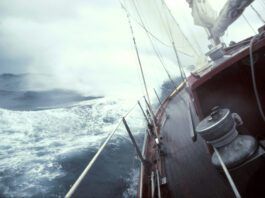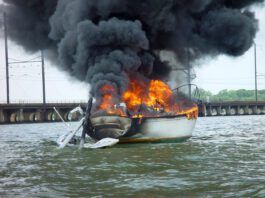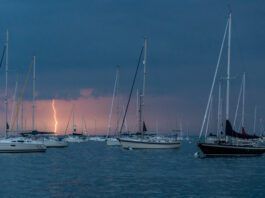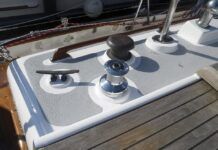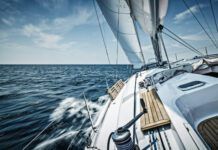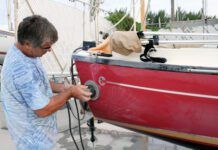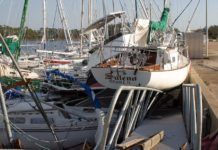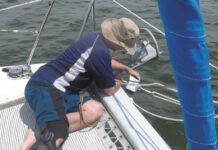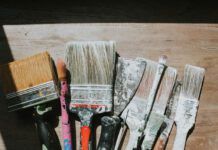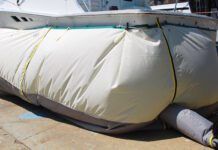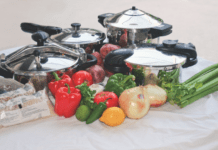Refinishing Your Boat’s Non-skid Deck
Secrets of the Most Accurate LOP on Earth
Acrylic Gelcoat Restorers
Should You Move Your Boat When a Hurricane Is Approaching?
Post-Hurricane Cleanup: Proceed With Caution
Shore Ties and Accessories for Extreme Anchorange
Boat Painting: Choose the right brush for the job
Sodablasting 101
Homemade Mildew Preventers That Really Work
Pressure Cookers: The Most Valuable Pot on a Boat
Pressure Cookers
No kitchen pot fights a bad reputation the way a pressure cooker does-one pot of lentils exploding in someones face can quickly wipe out 20 years of good memories. While todays triple safety valves and stainless-steel construction have taken the trial-and-error out of pressure cooking and nearly eliminated accidents, theres still something about boiling water under pressure that sets the butterflies free in a cooks belly.
Despite the belly-flies, most galley cooks argue that the pressure cooker is the most versatile, most valuable pot on a boat. Pressure cooking is faster than regular cooking; it better preserves flavors and nutrients and can tenderize lean meats. If the user follows the instructions, it can be a sailors best friend, saving cooking fuel, water, and time-and having a lid that is locked on is a bonus.
PRESSURE COOKING 101
There are four basic types of pressure cookers: jiggle-top/weighted valve, fixed weight, spring valve, and electric. The jiggle-top is a decades-old pressure cooker design. A weight on the steam vent pipe begins gently rocking, spinning, or swinging when pressure is reached, indicating that it is time to turn down the heat under the pot. If the jiggler is bouncing rapidly, theres too much pressure in the cooker and the heat should be further reduced to keep from losing too much cooking liquid.
Fixed weight cookers use a weight valve that is either fixed on the vent pipe or locked into place by the user. When pressure is reached in the pot, the valve raises up slightly, emitting wisps of steam and a slight hissing to indicate it is time to the lower the heat.
Spring valve cookers are the most-advanced of the non-electric cookers. When pressure is achieved, a spring-loaded valve raises an indicator. These designs tend to vent the least amount of steam.
Electric pressure cookers reach and maintain pressure automatically.
To learn more about cooking aboard and see the pressure cookers Practical Sailor likes best, purchase the ebook Galley Accessories and Cookbooks from Practical Sailor.
































